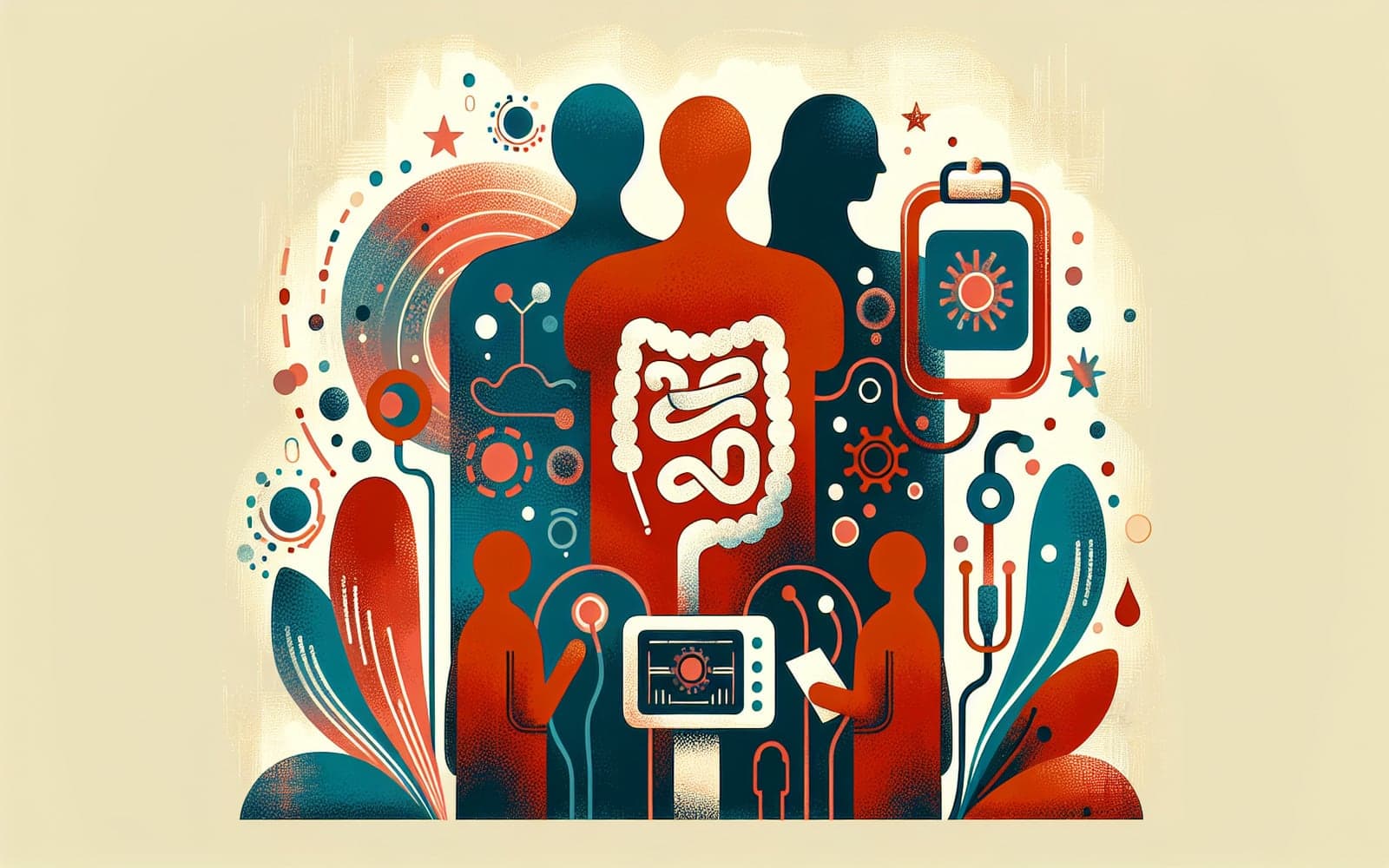How is Small Bowel Obstruction Diagnosed? A Closer Look
Published: Dec 18, 2023
Accurate diagnosis of small bowel obstruction is essential for effective treatment. Let's explore the tests that can help identify this condition.
Contents
Initial Imaging Techniques
Doctors often start with plain radiographs, or X-rays, to get a quick look at the abdomen. These can reveal dilated loops of bowel and air-fluid levels, suggesting an obstruction. While not always definitive, they offer a first glimpse into the problem.
Advanced Diagnostic Tools
For a more detailed view, a CT scan of the abdomen is generally used. This can show the exact location and severity of the obstruction, as well as any complications like ischemia. CT scans are highly accurate and provide valuable information for planning treatment.

Alternative Options
In cases where CT scans are not suitable, such as in pregnant women or those allergic to contrast, ultrasound or MRI can be alternatives. While these methods might not be as detailed as a CT scan, they still offer reliable diagnostic information.
Frequently Asked Questions
Doctors often start with an X-ray.
It provides detailed information on the obstruction.
Yes, ultrasound and MRI are alternatives.
Yes, they can spot issues like ischemia.
Key Takeaways
Proper diagnostic tests are crucial in managing small bowel obstruction effectively.
Need more information on these tests? Connect with Doctronic today.Related Articles
References
American College of Radiology (ACR) Appropriateness Criteria on suspected small-bowel obstruction. Available at: https://acsearch.acr.org/docs/69476/Narrative/
Mallo RD, Salem L, Lalani T, Flum DR. Computed tomography diagnosis of ischemia and complete obstruction in small bowel obstruction: a systematic review. J Gastrointest Surg 2005; 9:690.
Always discuss health information with your healthcare provider.

